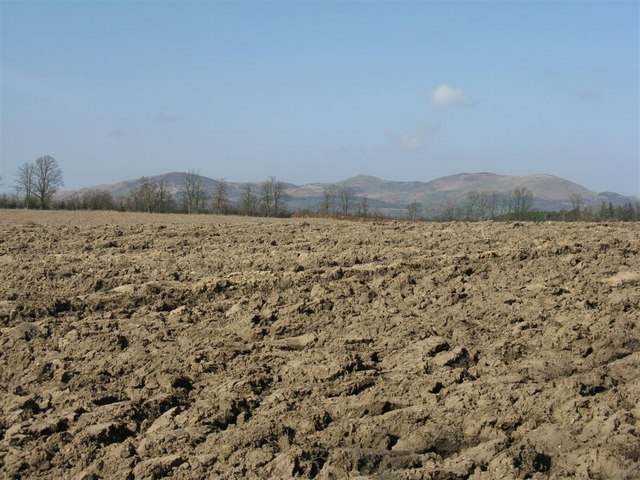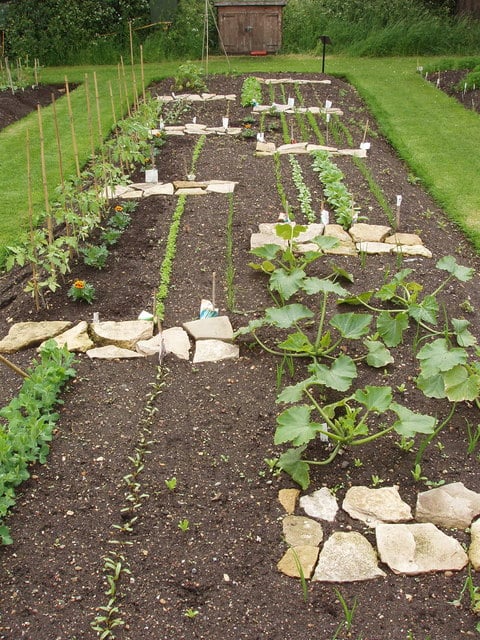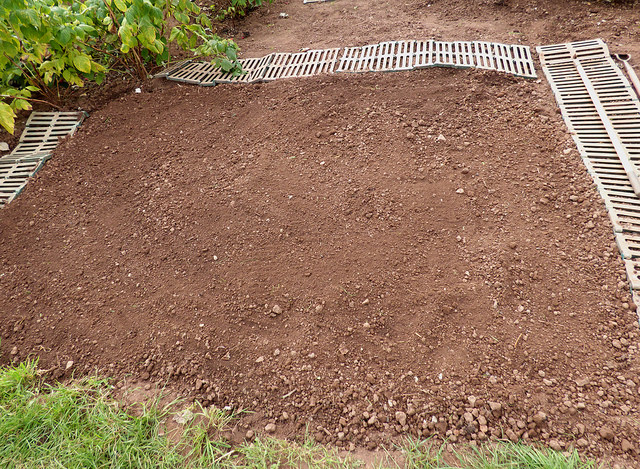Good soil is the key to happy and healthy plants
We all want happy and healthy plants and good soil is key to making that happen.
(Of course, there are a few happy and healthy exceptions to this: air plants, hydroponic plants and perhaps plants growing on gravel but here we’re talking about plants that grow in soil.)
For happy and healthy plants we have to make life easy for their roots, from the smallest rootlets to the biggest taproots. The job of roots is to make their way through the soil seeking out water, air and nutrients. If they can do this without too much trouble then they are able to support happy and healthy plants. If not, well, the story does not have such a happy ending.
Gardens have a range of soil types from heavy clay at one end (too much sticky earth which is difficult for small roots to penetrate) to light sand at the other (too much air and not enough earth, making finding water and nutrients a difficult job). Lovely loam lies in between. It has a good ratio of earth crumbs to very small pockets of air making life easy for the roots.

Heavy clay soil at Newbigging, Midlothian. © M J Richardson and licensed for reuse under https://creativecommons.org/licenses/by-sa/2.0/
Whatever the type of soil in your garden, humus will improve it
Whether clay, sand or loam, all soil types need attention and humus is the answer. The magic of humus is that it lightens heavy clay soils and gives body to sandy soils. And it keeps loamy soils in ‘good heart’, as gardeners say.
Find this wonder ingredient in bulky organic matter such as your own homemade compost, leaf mould, well rotted farmyard manure or straw. Use it as a mulch on top of the soil or dig it in.
Time to fork over borders and flower beds, weed and mulch
Heavy autumn and winter rain and snow - with a helping hand from gravity - compact the soil in your borders and flower beds. Gently forking over the soil encourages the compacted soil back towards a better ratio of earth crumbs to small pockets of air.
As you work, you’ll loosen weeds which can be removed from the bed. That means fewer competitors for nutrients in the soil and for space in the border. It looks much better too, of course!
The final step is to mulch with your homemade compost, leaf mould, well rotted farmyard manure or straw. Doing this now will stop the valuable winter moisture from evaporating, keeping it in the soil ready to supply your plants as temperatures warm up.
Time to dig over the vegetable patch
There are many views on digging – or not digging – the vegetable patch, and how to do it. (We’ll be coming back to ‘no dig’ approaches in a future blog.)
For now, we’ll just say that if you are of the ‘dig’ persuasion, do it now! There are two main reasons.
Reason 1 is that it makes the veg patch look loved. That warms gardeners’ hearts and will get you in the mood for spring sowing and planting.
Reason 2 is that any late frosts will break down clods of earth, and move the soil towards that better earth crumbs: air pockets ratio.

Student vegetable plot, Kew Gardens. © David Hawgood and licensed for reuse under https://creativecommons.org/licenses/by-sa/2.0/
First year diploma students from Kew's School of Horticulture have vegetable plots, and are assessed on cultivation and crop quality. A 30 square metre plot like this could provide vegetables for a family of four for most of the year.
Time to prepare to sow seeds
Seeds grow best in a seedbed with a fine tilth. This state of affairs is reached by forking and raking the soil until it is composed of very fine crumbs of earth without any large lumps. It makes life easy for the germinating seed and its tiny rootlets to find water, air and nutrients. Without the fine tilth it would be quite a struggle for seedlings and they are much more likely to give up.

Seedbed prepared for onions. © Sam Saunders and licensed for reuse under https://creativecommons.org/licenses/by-sa/2.0/
For happy and healthy plants, the answer lies in the soil!
Sign up for our emails below, so we can send you blogs on gardening tips, as well as updates on our sales, so you don’t miss out on those garden furniture bargains!







